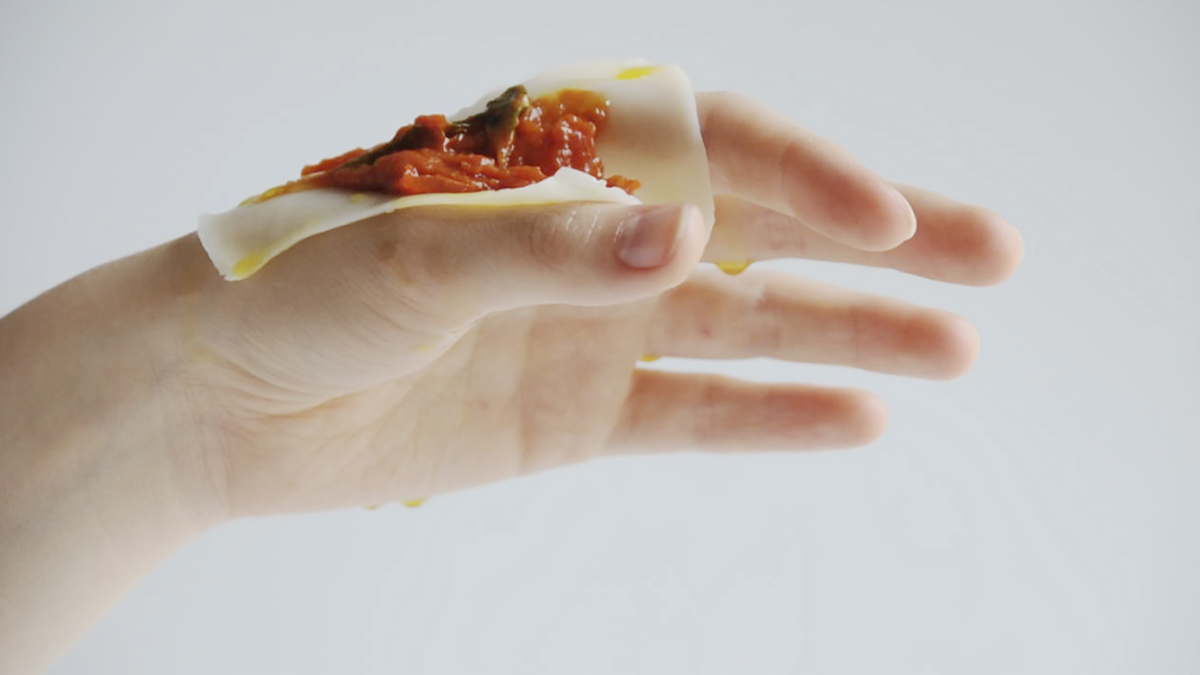
#INTERVIEW: CONTATTO EXPERIENCE_ Giulia Soldati
” In the modern West, we have created a lot of barriers between our sensory perception and the world around us. Contatto is a way to challenge that mindset. “
Contatto is a new culinary experience that aims to get to the essence of the human-food relationship by removing unnecessary mediating components such as cutlery, plates and some preparation tools. Instead, the hand becomes the main character, focusing on preparation and consumption, extending taste to the realm of touch. WeVux interviewed Giulia to know more about her project and her story:
v
v
Hi Giulia, can you talk a bit about yourself? Where are you from? What is the context where you grow up?
I am 28, and I am an Italian designer. I grew up in a small town in the outskirt of Milan. On one side I could experience a small fields, small shops, small agricultural production, and on the other side the fastness of the city of Milan, a few kilometers away.
I always liked traveling throughout Italy, looking for traditions and food to discover. I need to thank my father for that, we are really passionate about food and sitting together enjoying a traditional dish either at home or wherever we go.
b
How did you come across design?
I have to be sincere, I actually don’t remember the exact moment I said ‘I want to be a designer!’. I was really interested in Interior Design at first: I liked to think of spaces and how people would interact with it. Then I felt object are even closer to us, and makes us act or react in different ways depending on how they are designed. So I jumped into this world and tried to understand more. First at NABA (Nuova Accademia di Belle Arti) in Milan, where I did the bachelor in Product Design, then I moved to The Netherlands, where I did a Master in Social Design at the Design Academy Eindhoven. There I could define my vision and practice around design.
b
What is your experience at Design Academy Eindhoven?
I think the experience at The Design Academy made me get lost and find myself at the same time. It was a really intense period of growth, research and findings. What I found really valuable of that experience is that you can focus all the attention on your path as a designer, your aim, who you want to be and you dive into it, you explore.
b
What is Contatto Experience?
Contatto is an eating experience that proposes a new approach to the materiality of food, more genuine and sensorial, extending the taste to the realm of touch. Aiming to get to essential sensorial experiences, Contatto removes unnecessary mediating components, such as cutlery and plates. The hand becomes the protagonist of the eating experience and the tool used to feel the ingredients places on the skin, their textures, temperature, consistencies, even before they reach one’s mouth. The hand guides the ingredients on the palm, wrist, fingertips, while ingredients can provoke so many different tactile sensations to the hand.
The eating experience of Contatto generates new gestures and new etiquettes around the table, challenging existing ones. The action of serving becomes an intimate gesture between the ‘toucher’ (the chef) and the ‘taster’, an asking-giving ritual. The eating experience involves an intimate rediscovery of our senses and tactility, becoming a sensorial celebration of food and the action of eating: a unique experience and cuisine based on the hand.
v
Your work can be part of the food design field and it’s not about the raw material, but how we experience it. What was the motivation behind this choice? (if there’s one).
What I am most interested about is how we approach food everyday. I always look at food from the cultural point of view: diving into different culinary cultures is what drives my research and my work.
Food is a medium, a tool to use as a designer to bring up discussions about our food culture and the ways we relate to it. Therefore I never thought of redesigning food itself, its aesthetic, rather the way it comes to our table and into our mouths. Though, it happened that I designed a specific food for the Contatto Experience: instead of using an already existent ingredient, I designed homemade pasta that would fit to a specific part of the hand and it required a specific gesture to be eaten.
b
Why did you decide to design an experience? Were you already aware of the final result?
No, I was not aware at all. I started designing tools for preparing food, to get closer to the materiality of ingredients. Obviously I was shaping the experience of the act of preparation, but still through the medium of objects. I understood I was about to design an experience when I started imagining how the entire ‘experience’ of eating or going into a restaurant would change (the spaces, the interaction between people) if the preparation of food occurs right in front of the eaters and if there is less distance between our body and what we are about to eat. I was already redesigning the way we interact with food: shaping the experience.
b
What do you want to transmit to your final target?
I want to give another perspective of how we are used to approach food every day. Food is what brings people together, makes them discuss, exchange and bond. Food is something we constantly relate to, it is what keeps us alive and it is something that cannot leave us without any reactions: it enters our own bodies. But I had the feeling that nowadays, particularly in the modern west, we’re building up a lot of barriers between our body and the world around us, especially in relation to food.
I wanted to eliminate such barriers and bring back the feeling of surprise triggered by the act of receiving something on your hand and discovering the temperature and the texture right away. Just think when you were a child and your granma gave you a piece of bread directly in your hand and you could feel it was still warm. This is what guided me in the creation of Contatto.
b
What are the important details to take into account when you “design a dinner”?
In order to design an experience, you need to go through the same design process as for designing anything else. What, when, why, for whom.
I approached designing an experience as a performance, a theatrical act. Nothing has to be left at the case: each gesture, movement, object is specifically designed to be that way for a reason. The designer has to become a director. The amount of food, where the ingredients are placed, the timing of the dinner, the way you introduce and guide the guests throughout the experience.
Obviously there is something you cannot totally predict: the reaction of the eaters. But this is also what makes it every time unique. You need to be really focused and prepared to react and adapt to your guests.
v
What will be your next steps?
What I imagine for the future of Contatto experience is to create a pop-up experience that can travel even more, with few dates in every city in Europe and outside Europe. In this way I could also collaborate with chefs, inviting them in the pop ups to create new recipes for the hand together.
v
Through Contatto Experience, Giulia investigates not only on our relation with food but also on our own culture and habits, helping us to re-discover the convivial aspect of the act of eating. Visit Contatto and participate to the next Giulia’s social dinner to taste a bit of the experience!
The next event will be on the 17th of January in Milan. Follow also her Instagram and Facebook page to stay updated!
c
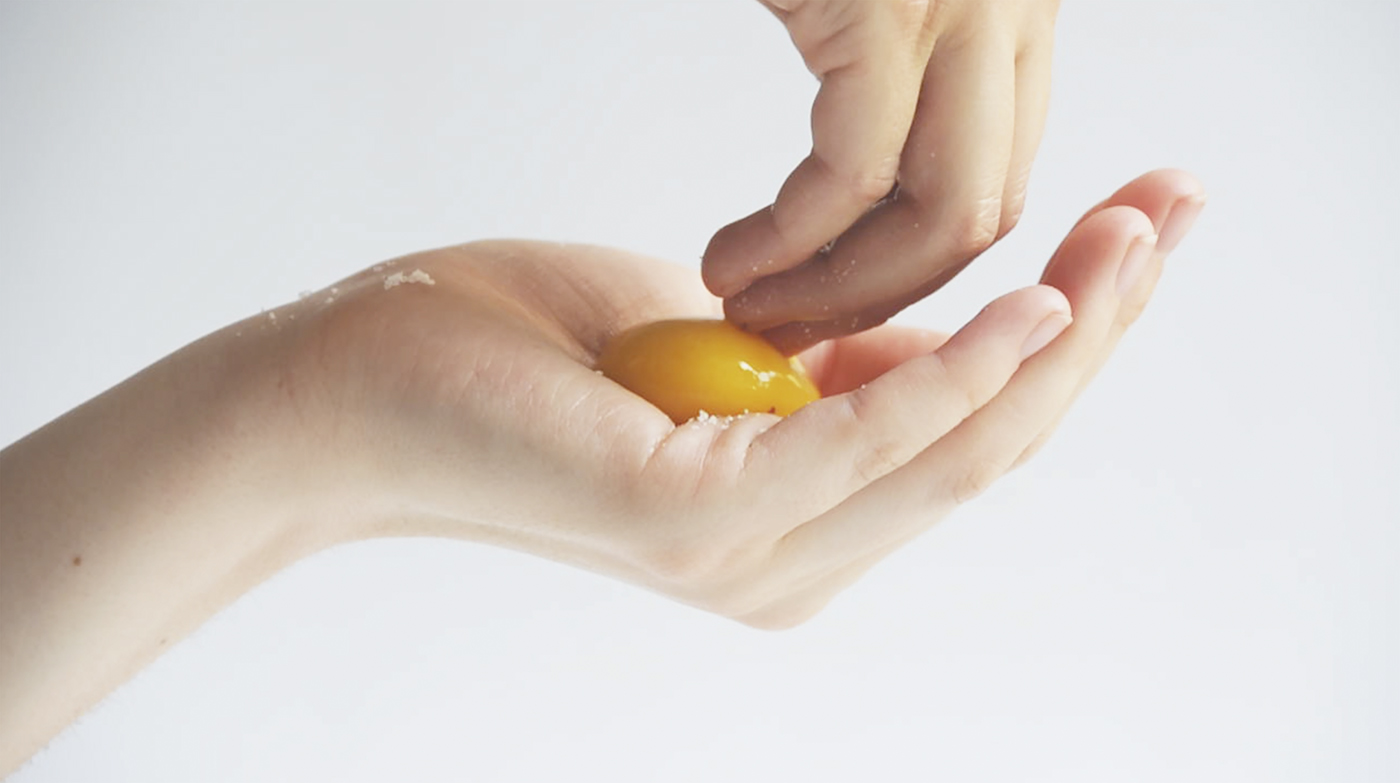
Contatto © Giulia Soldati 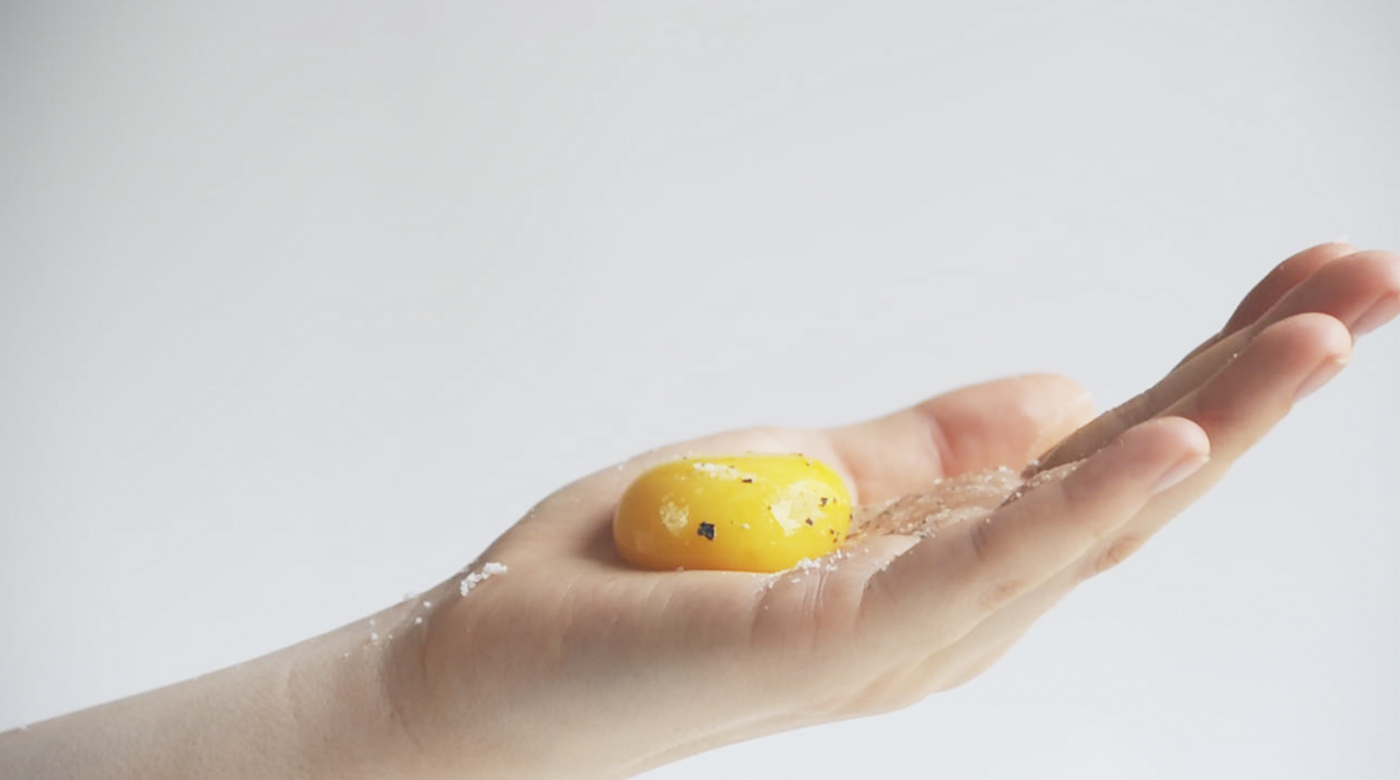
Contatto © Giulia Soldati 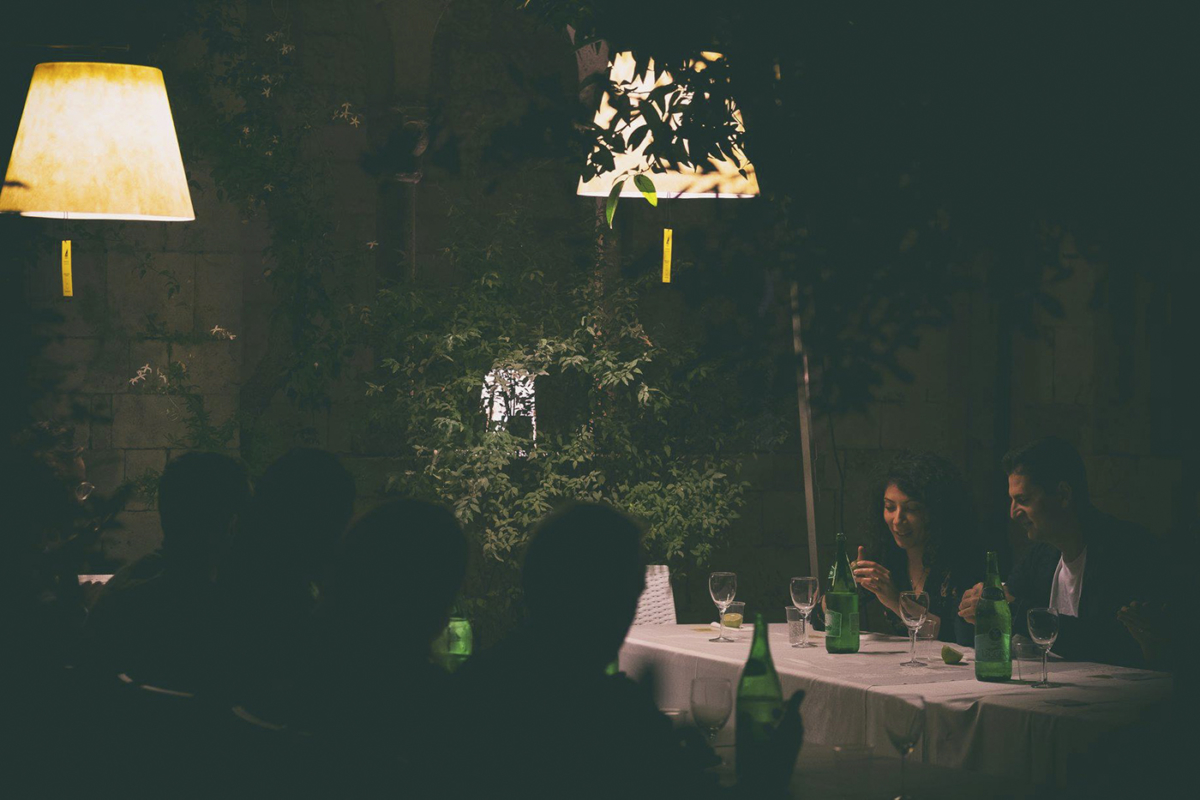
Contatto © Mattia Ramunni 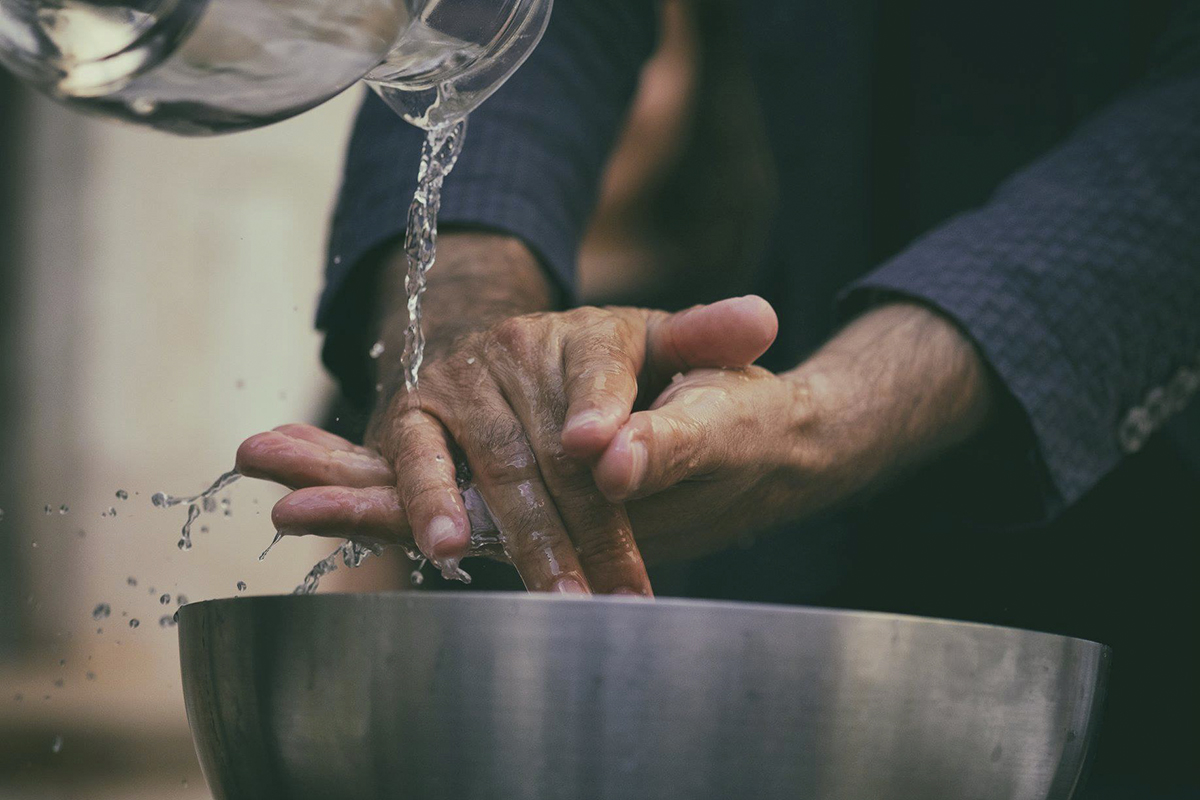
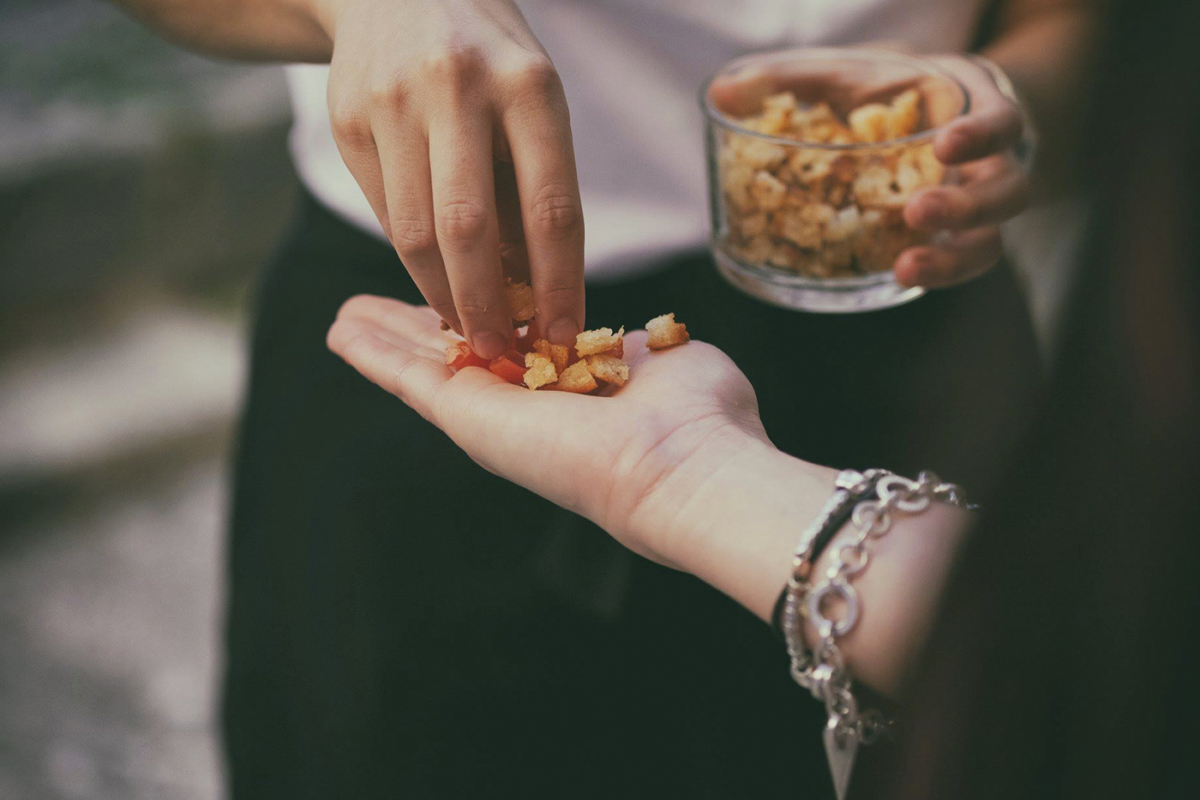
Contatto © Mattia Ramunni 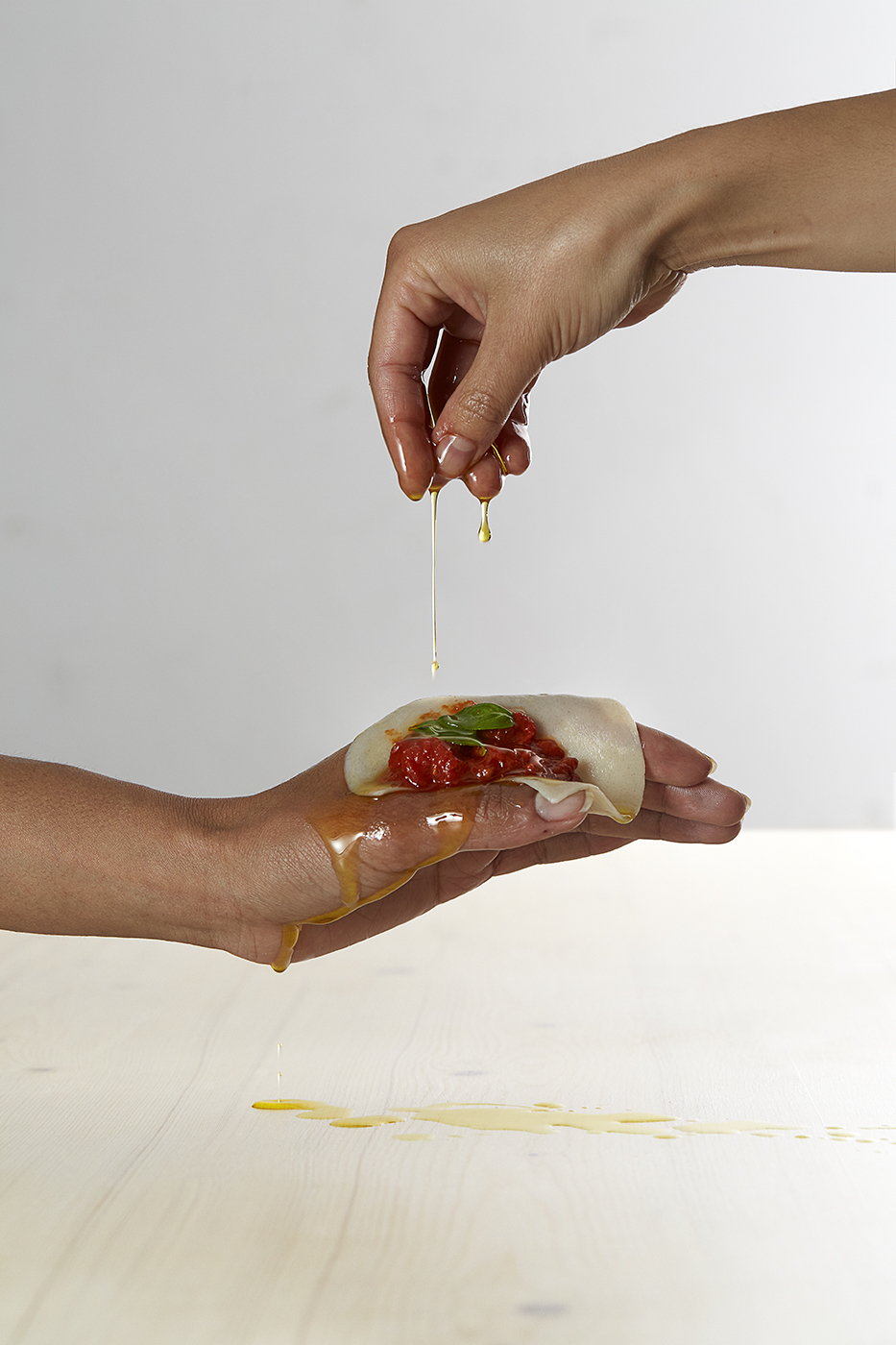
Contatto © Nicole Marnati 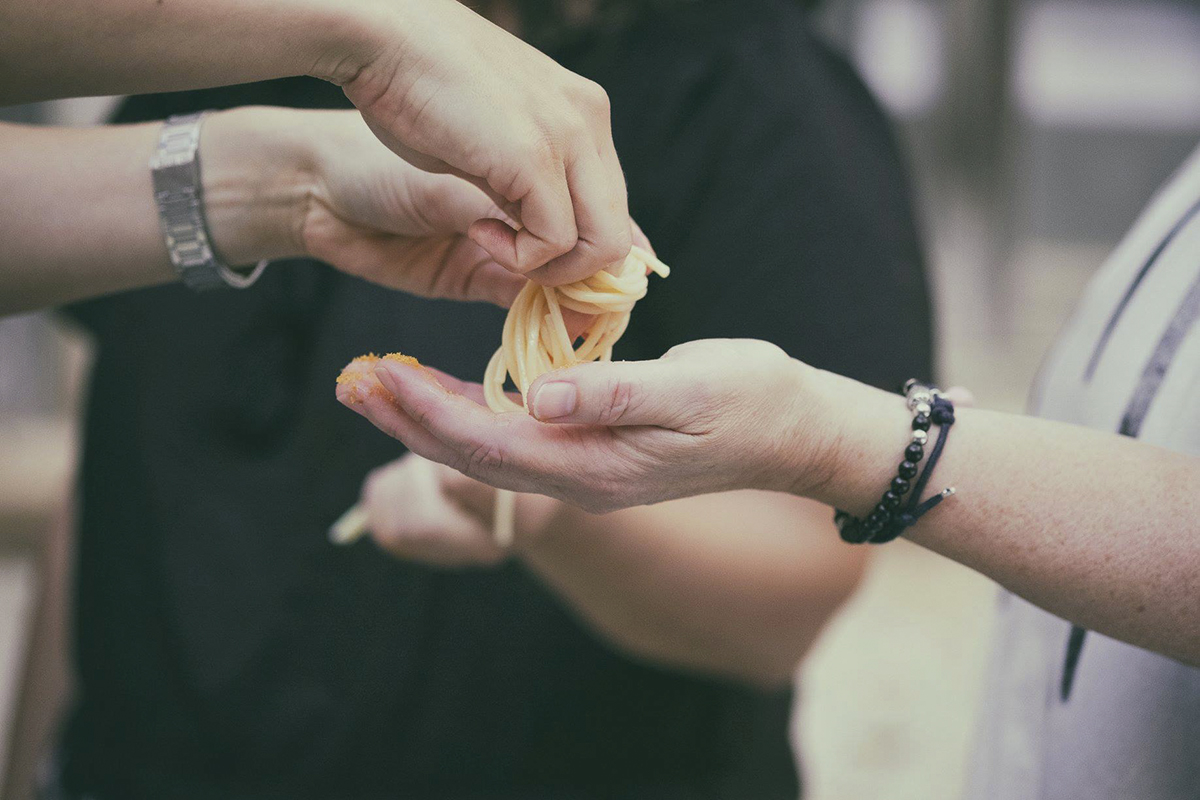
Contatto © Mattia Ramunni 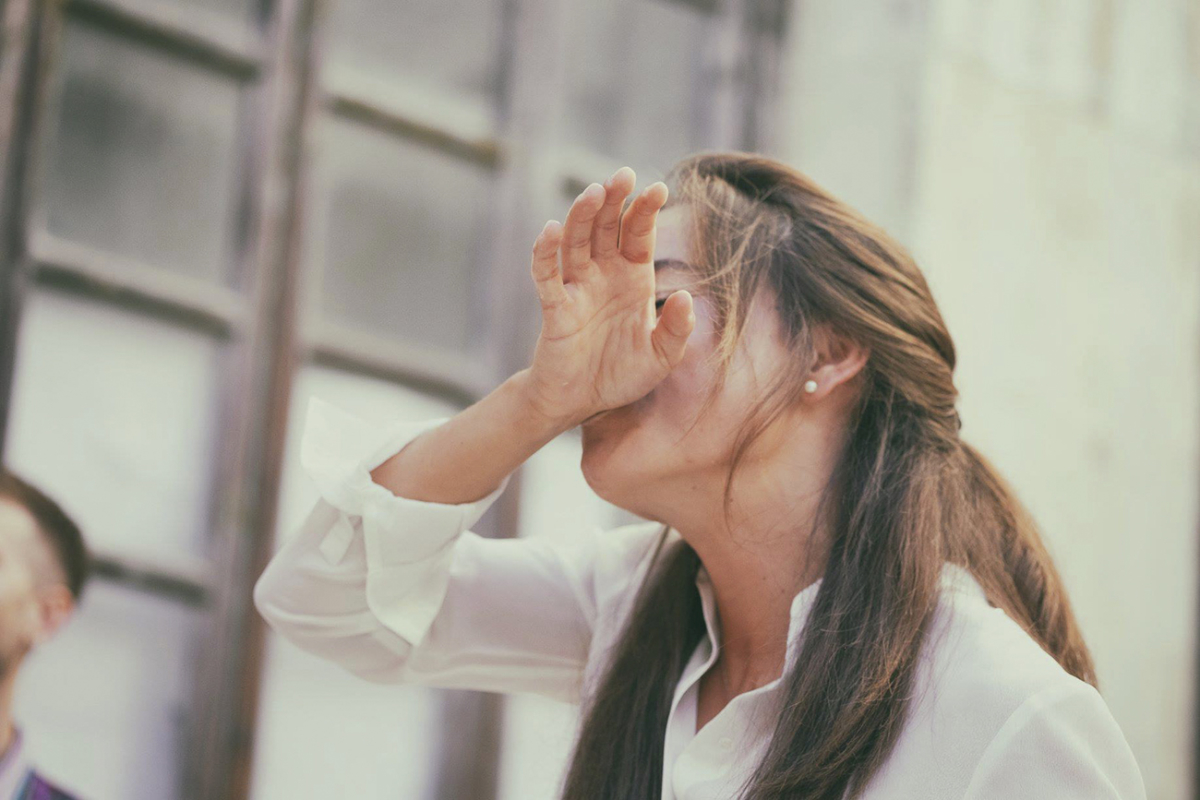
Contatto © Mattia Ramunni 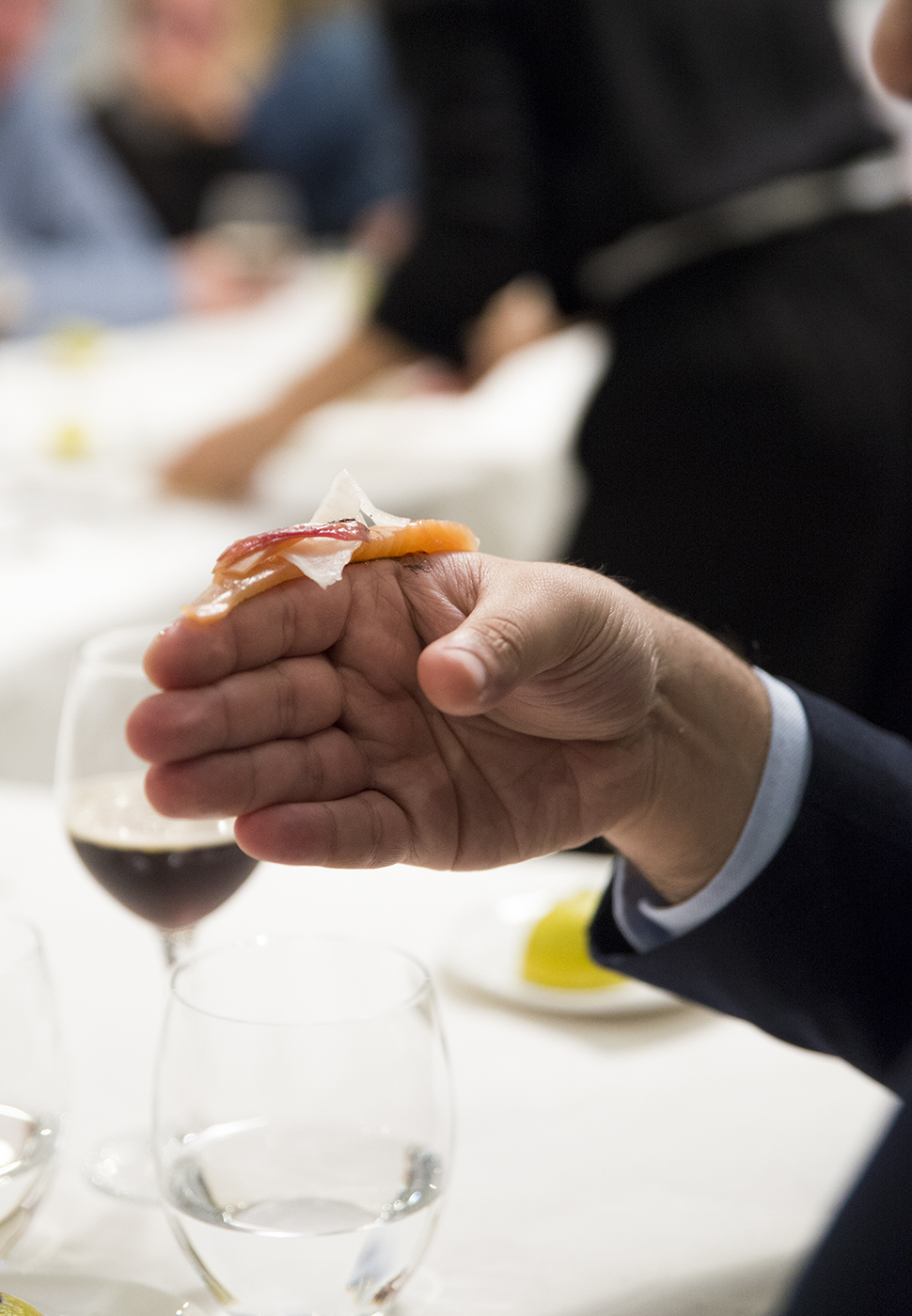
Contatto © Luca Rosati 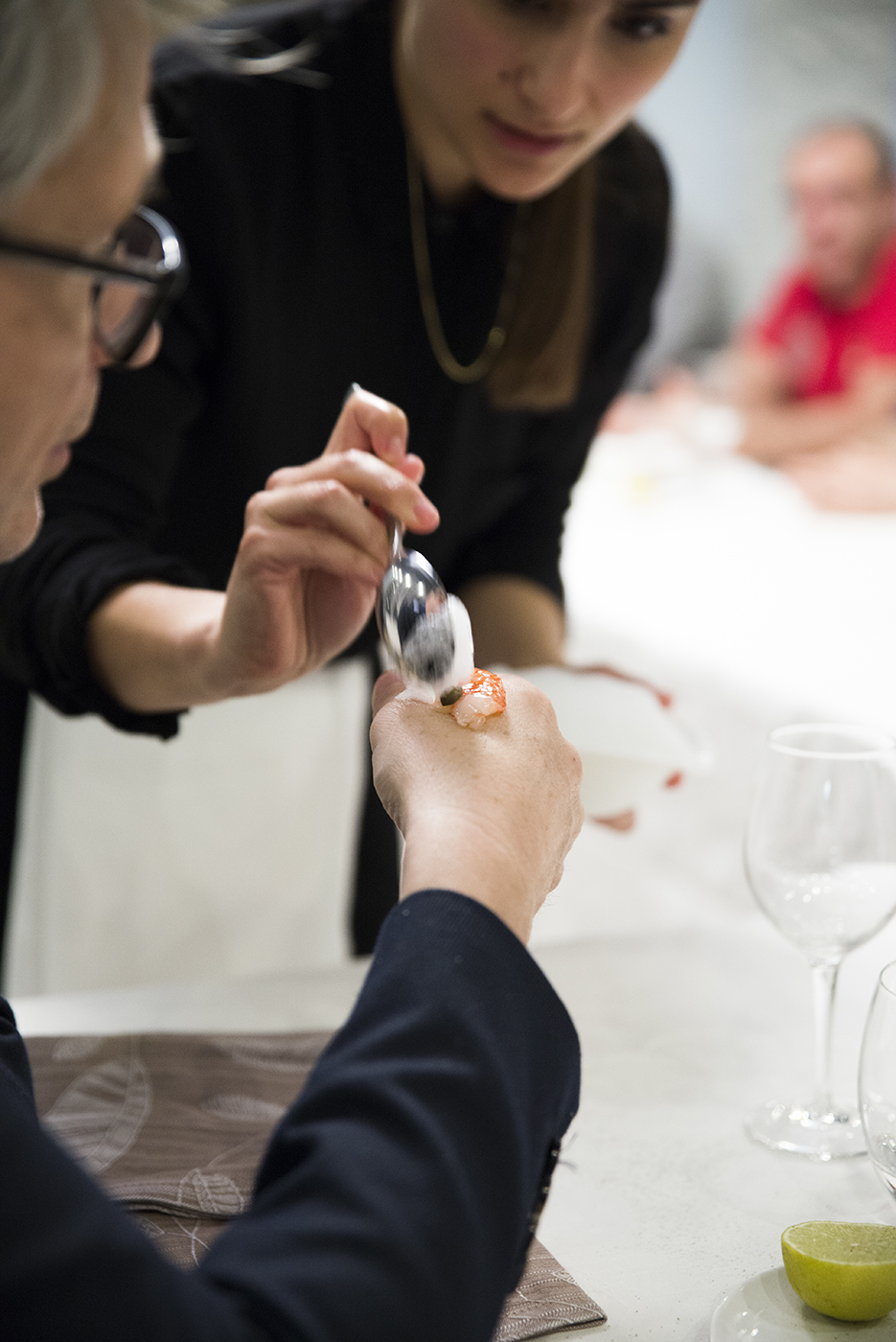
Contatto © Luca Rosati 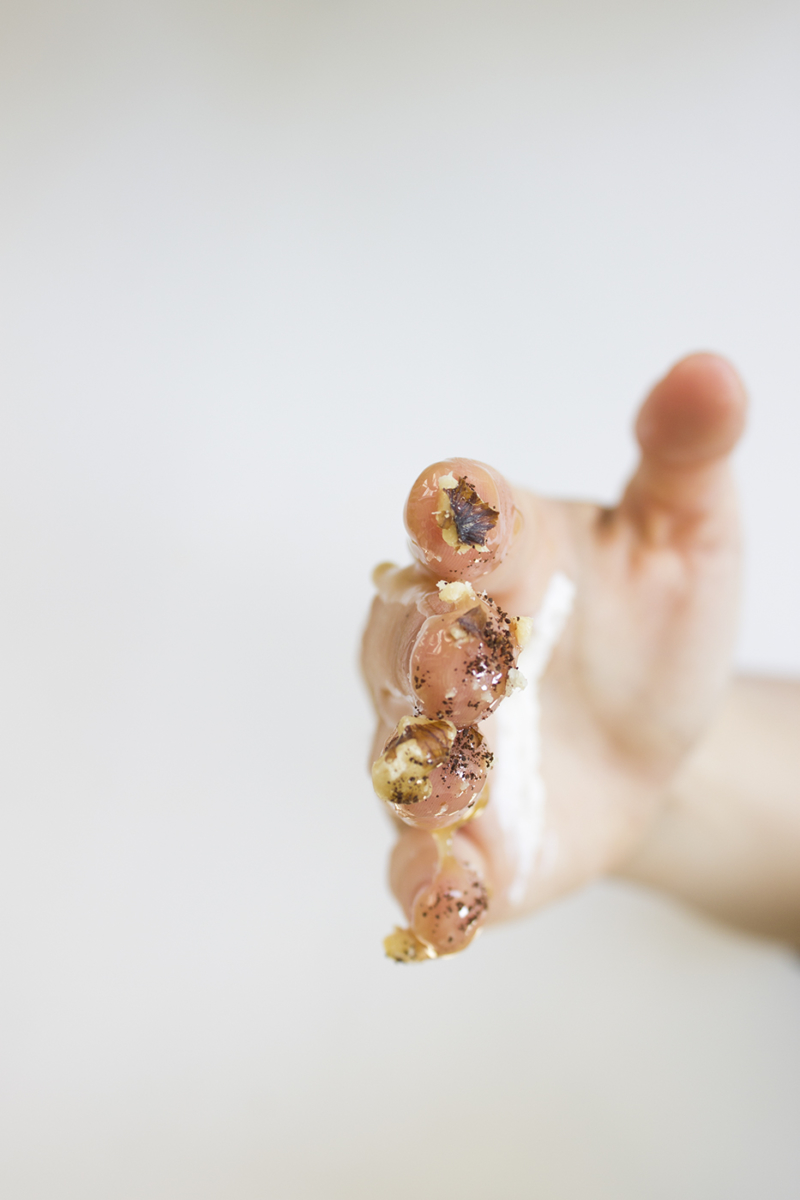
Contatto © Giulia Soldati 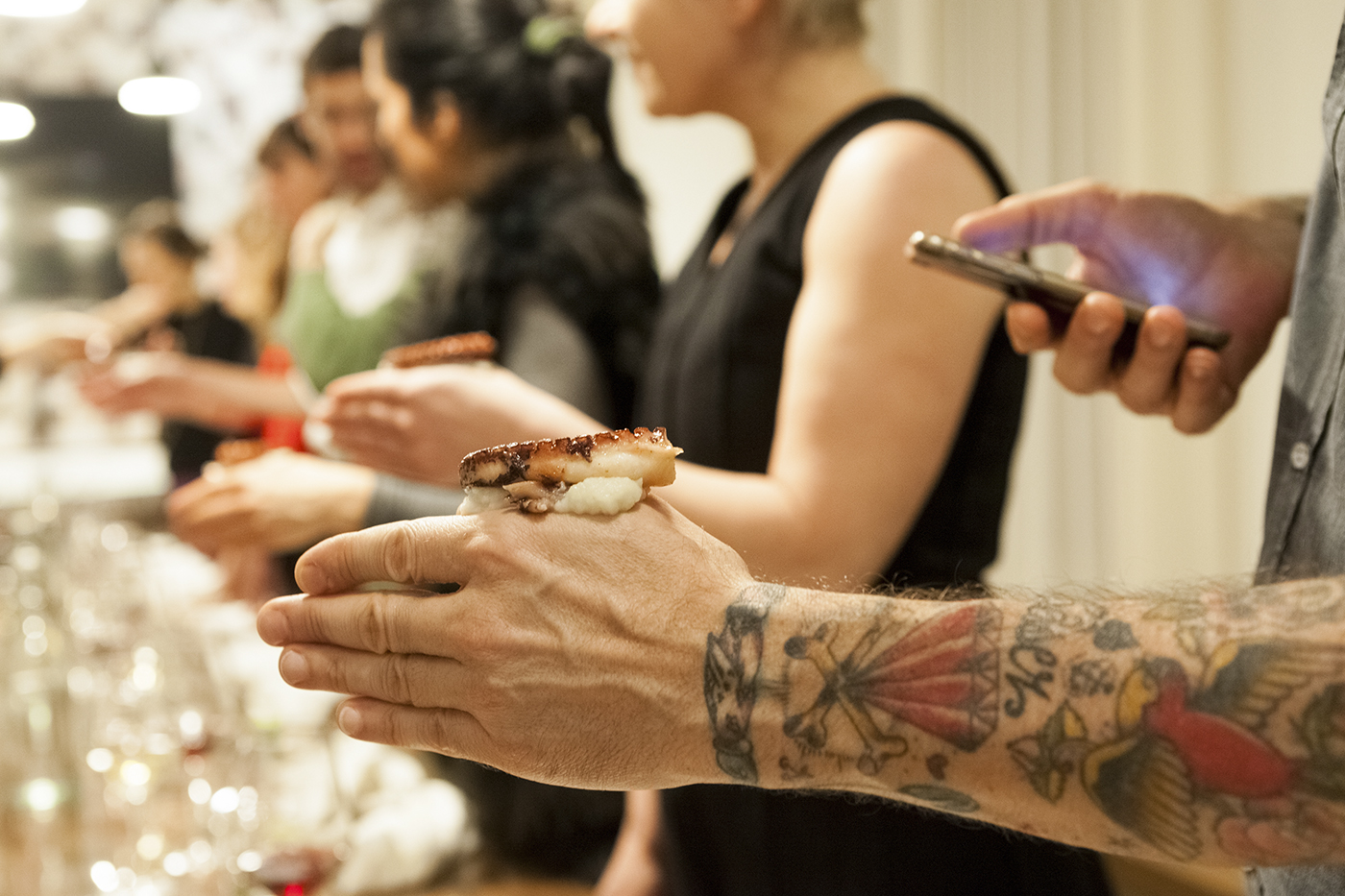
Contatto © The Big Now 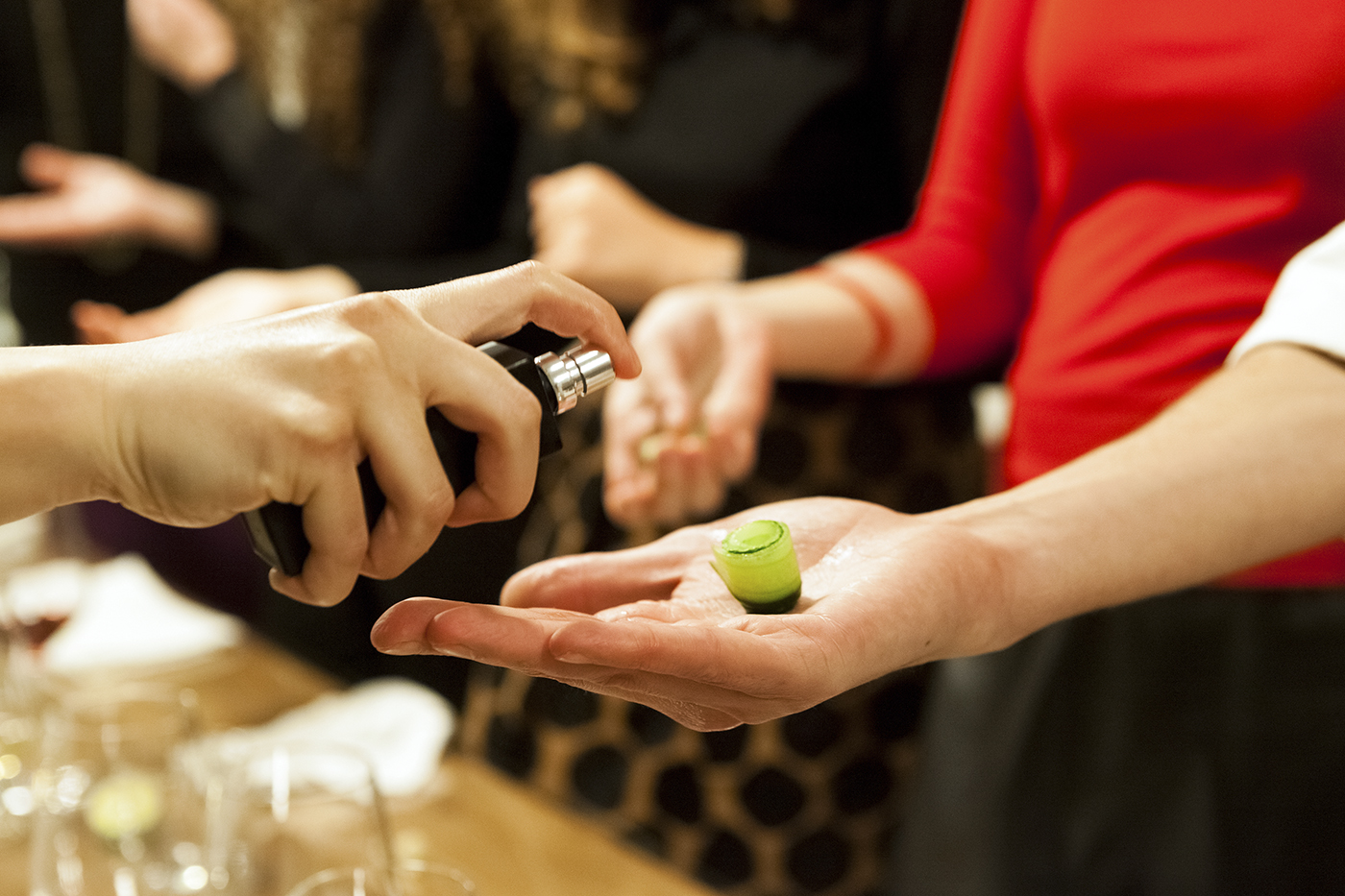
Contatto © The Big Now 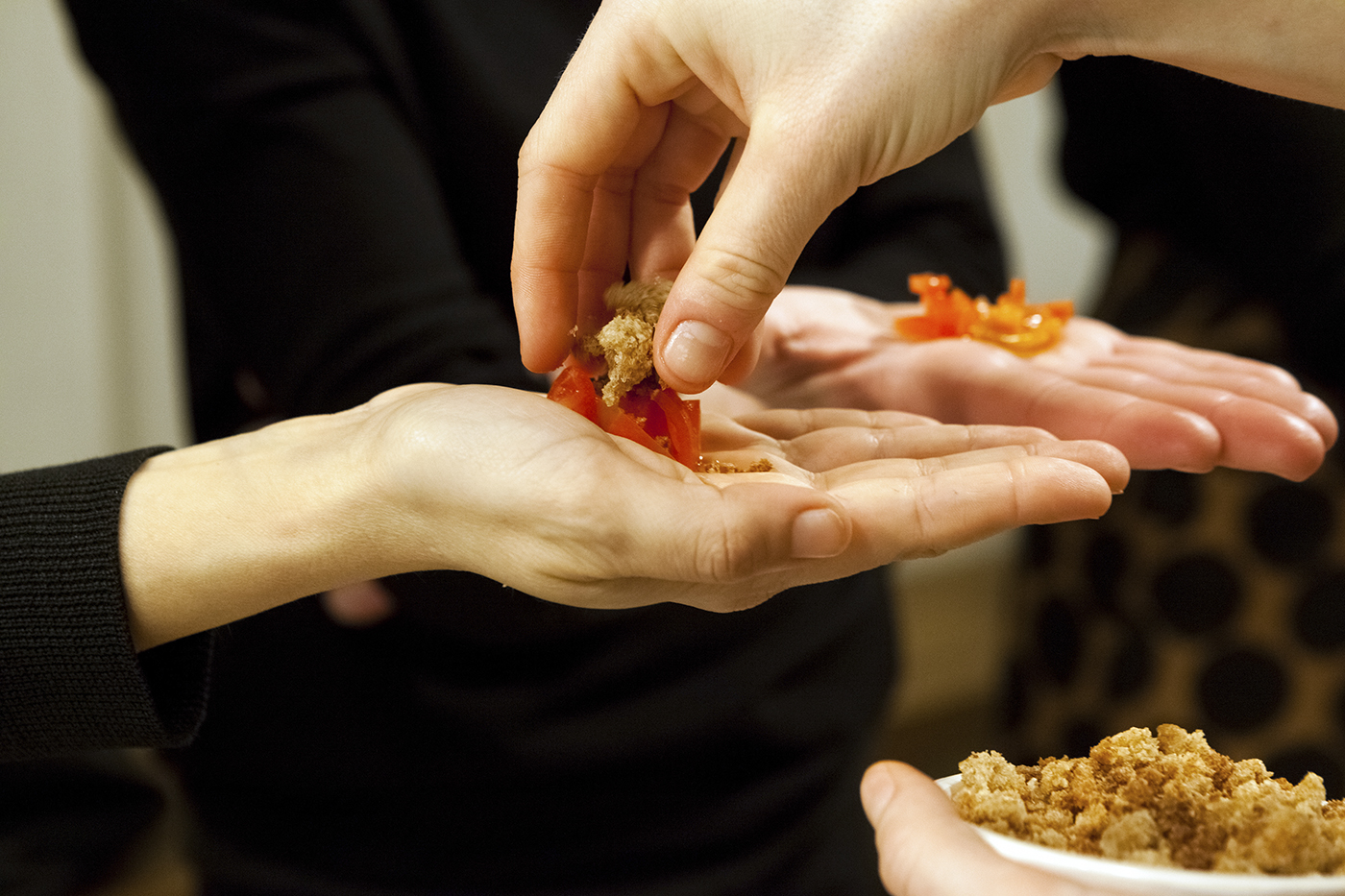
Contatto © The Big Now 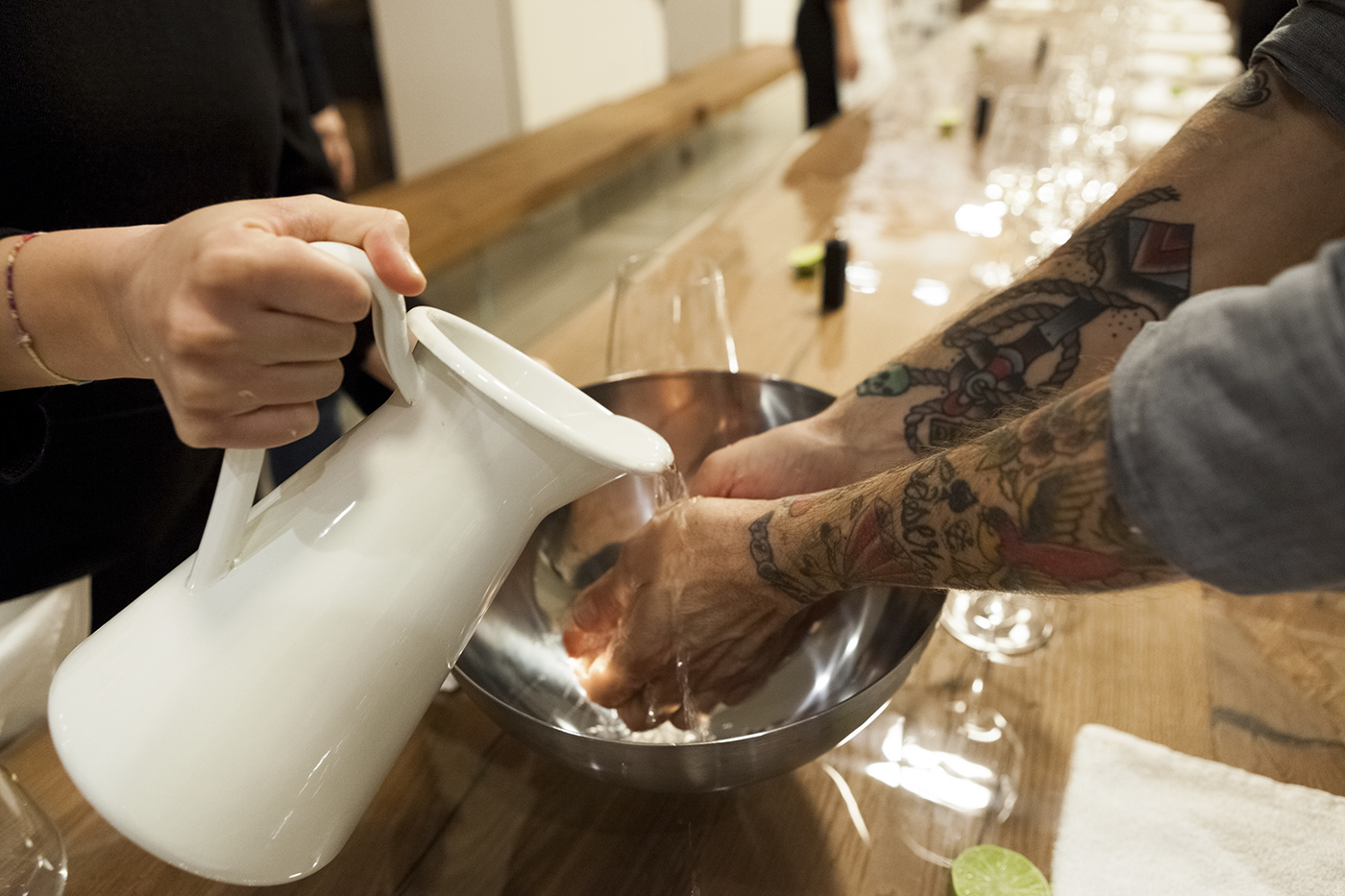
Contatto © The Big Now 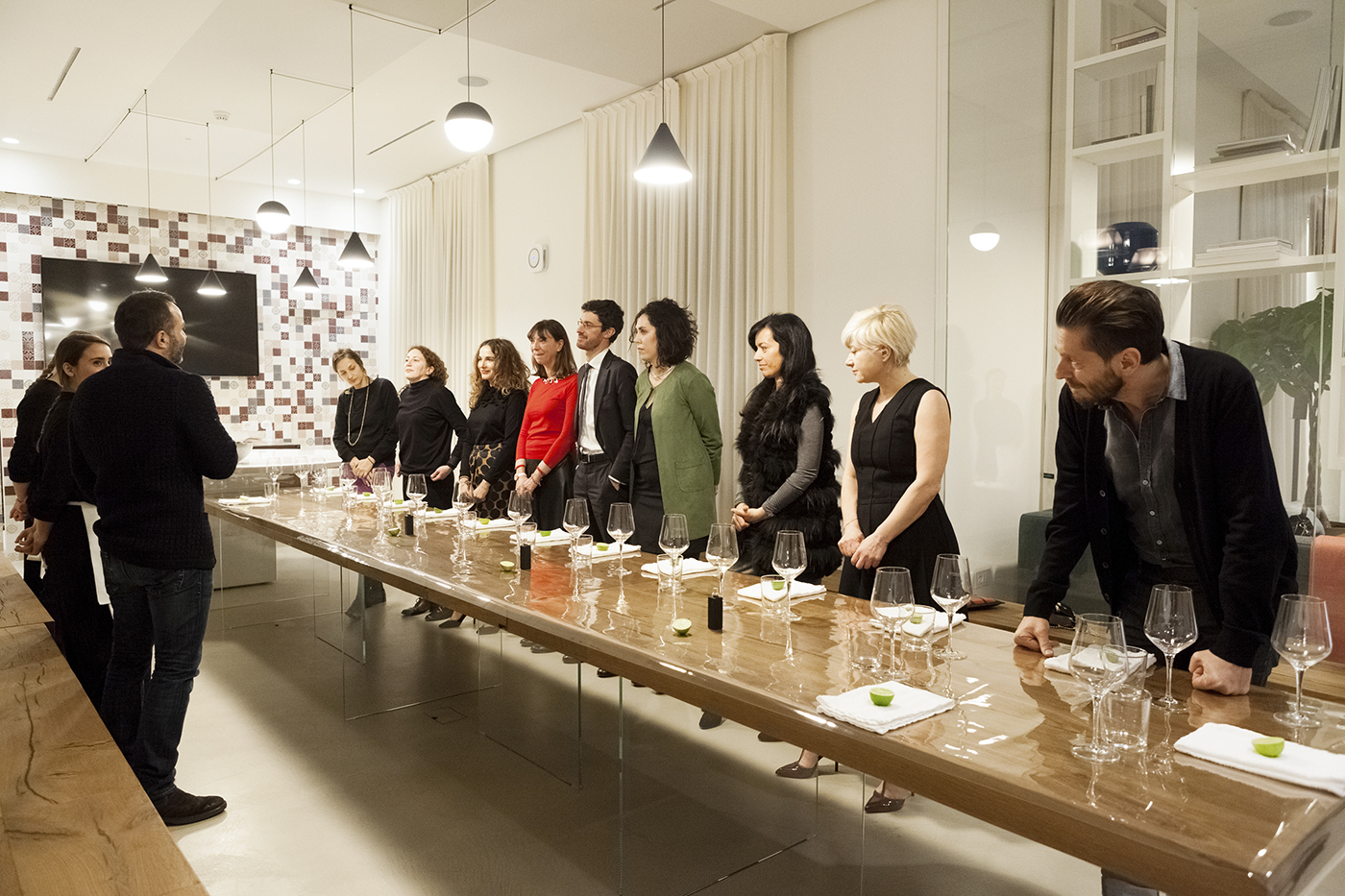
Contatto © The Big Now 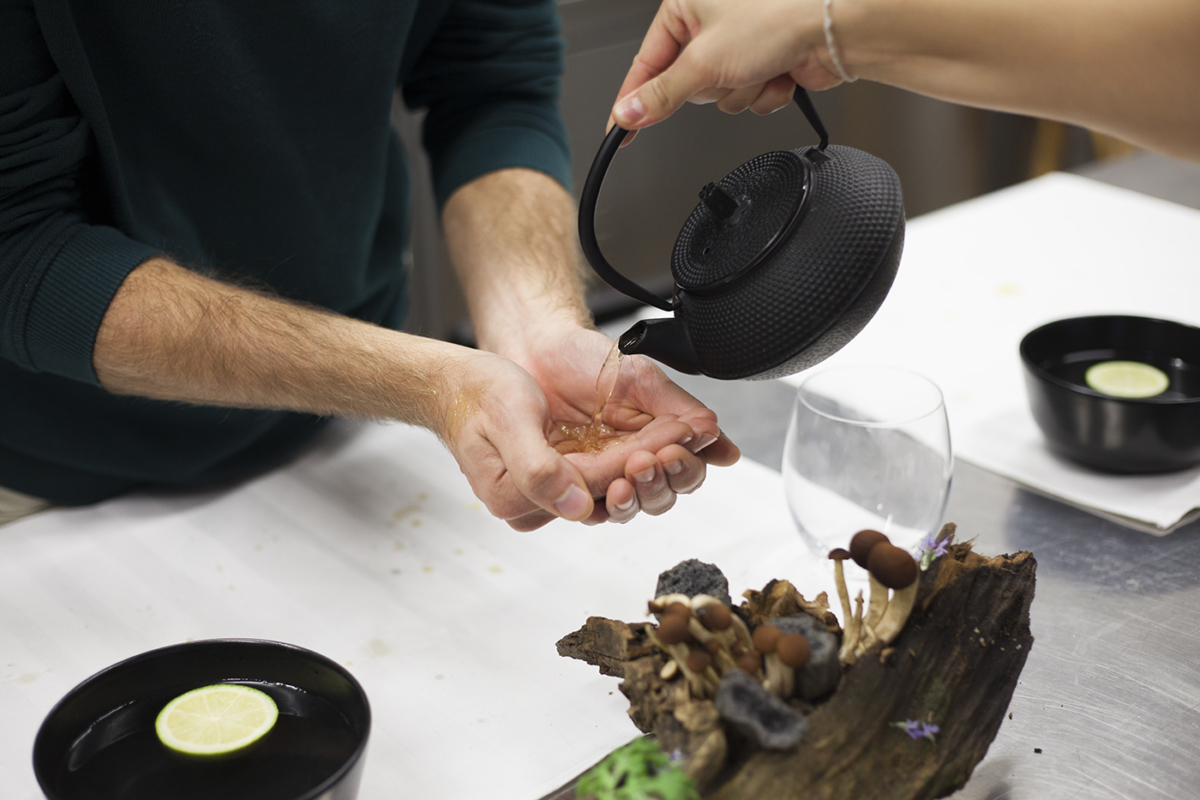
Contatto 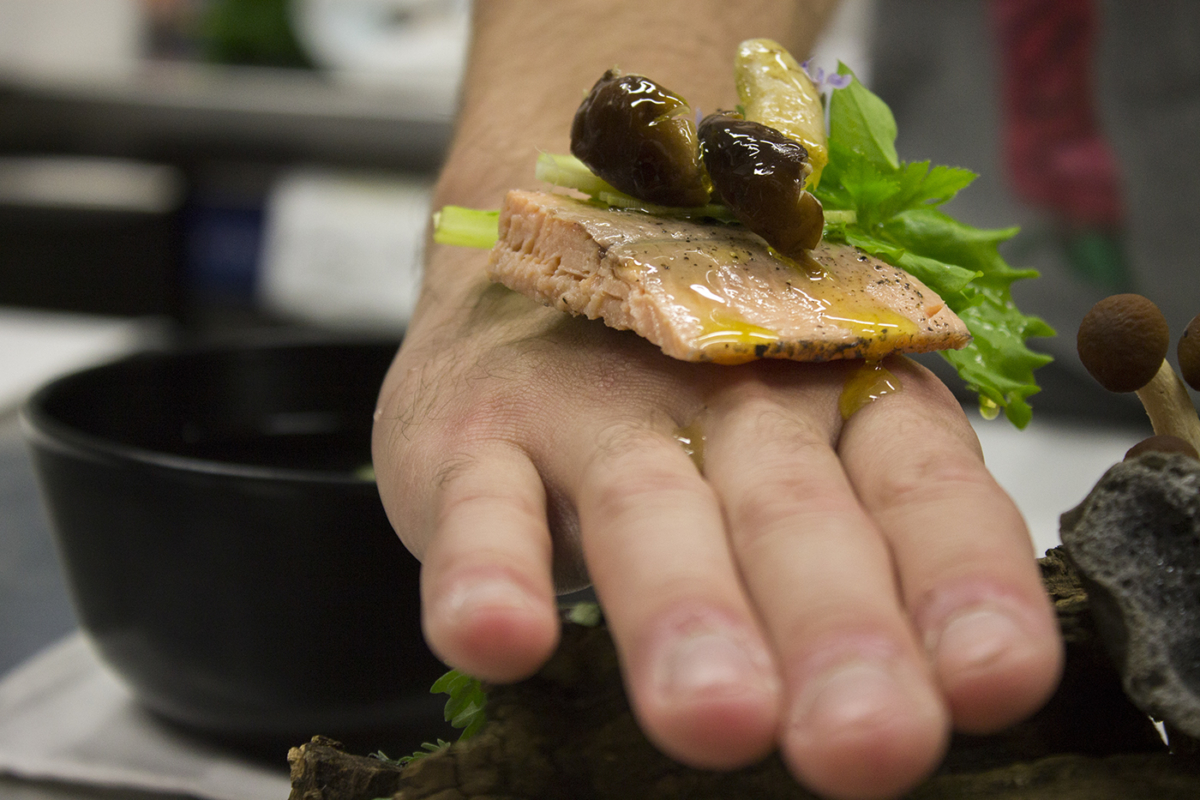
Contatto 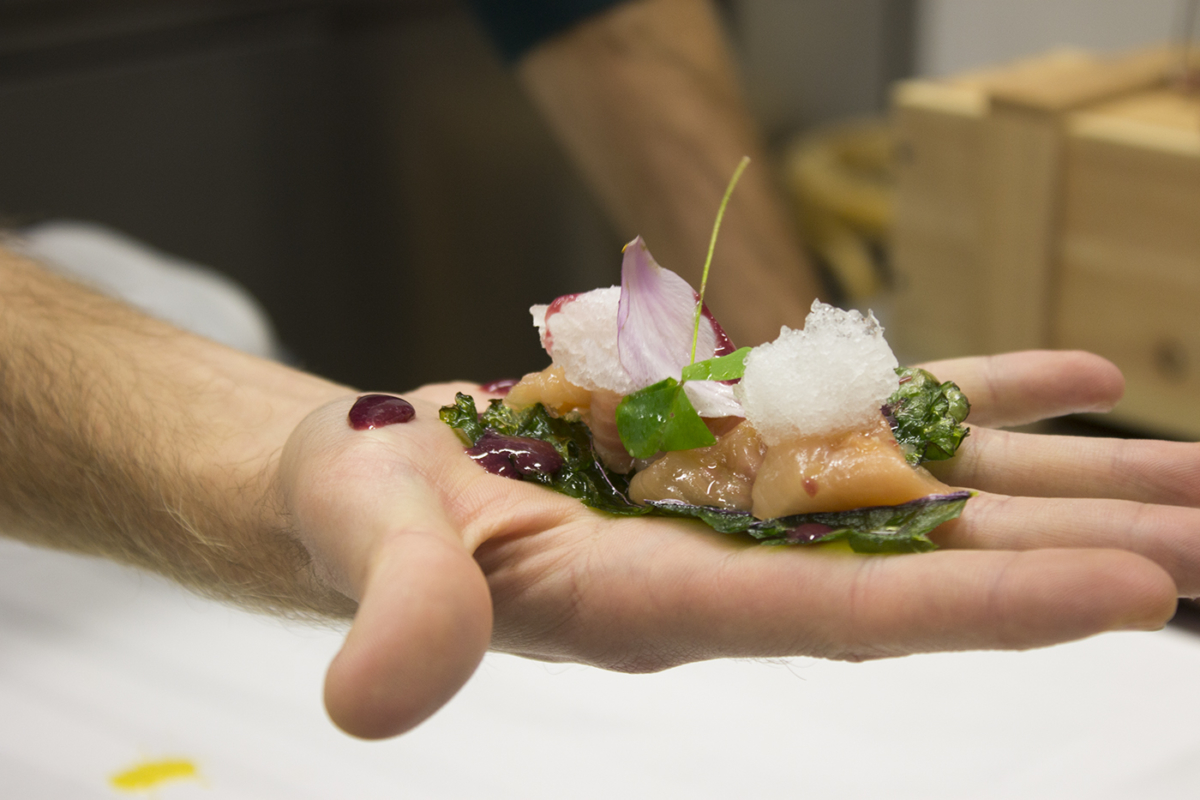
Contatto 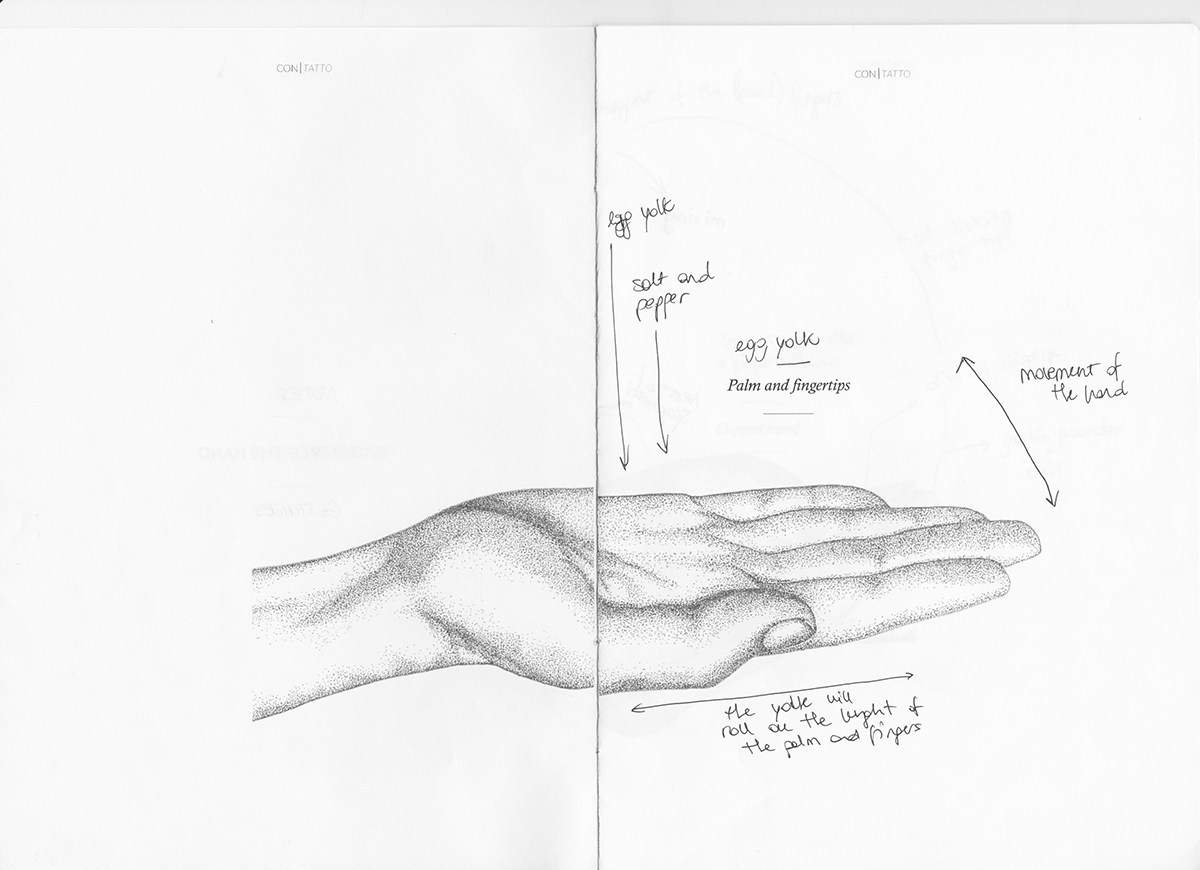
Contatto © Giulia Soldati 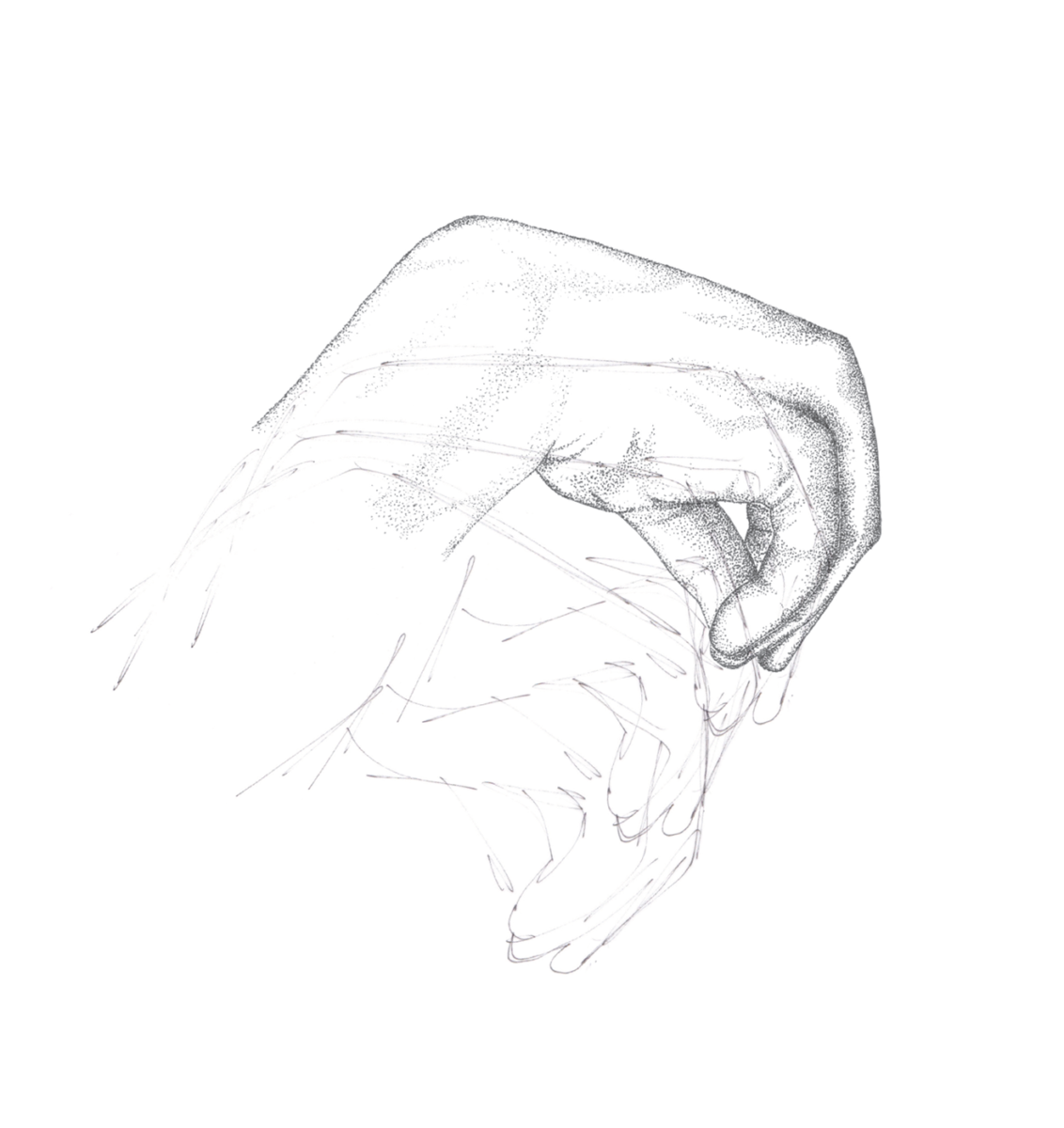
Contatto © Giulia Soldati 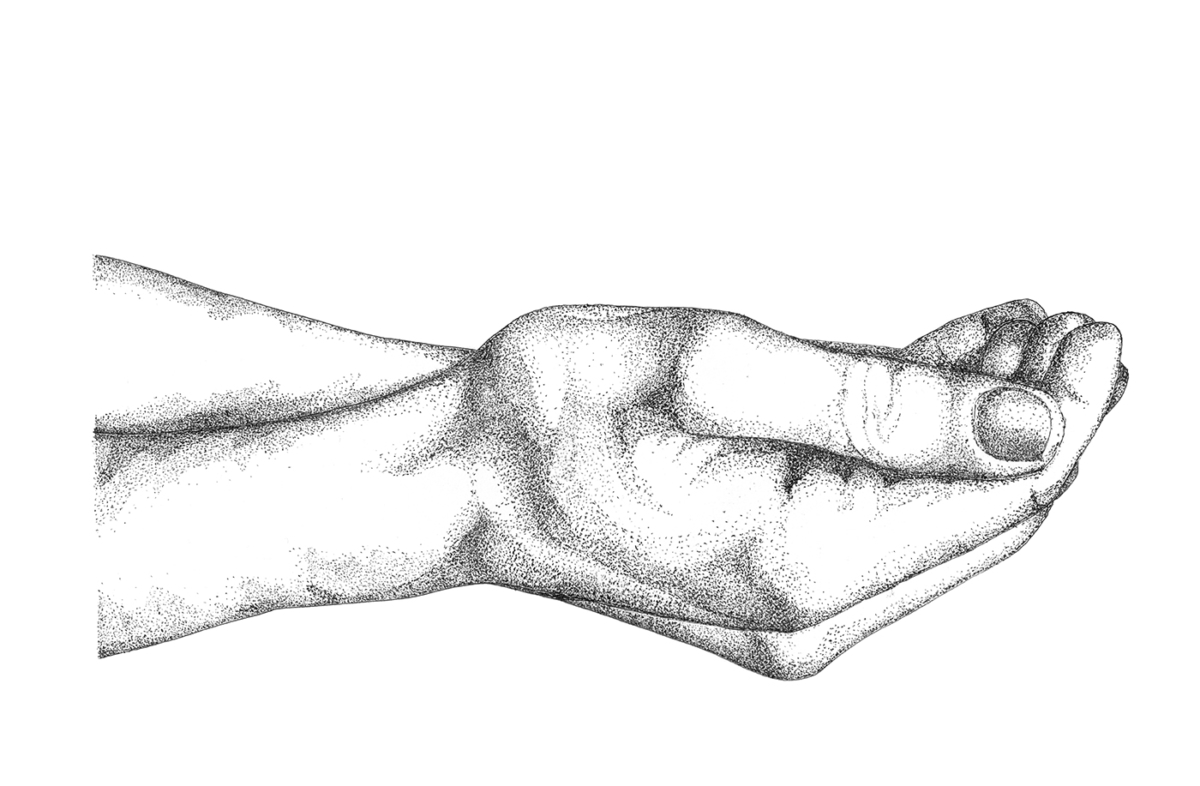
Contatto © Giulia Soldati 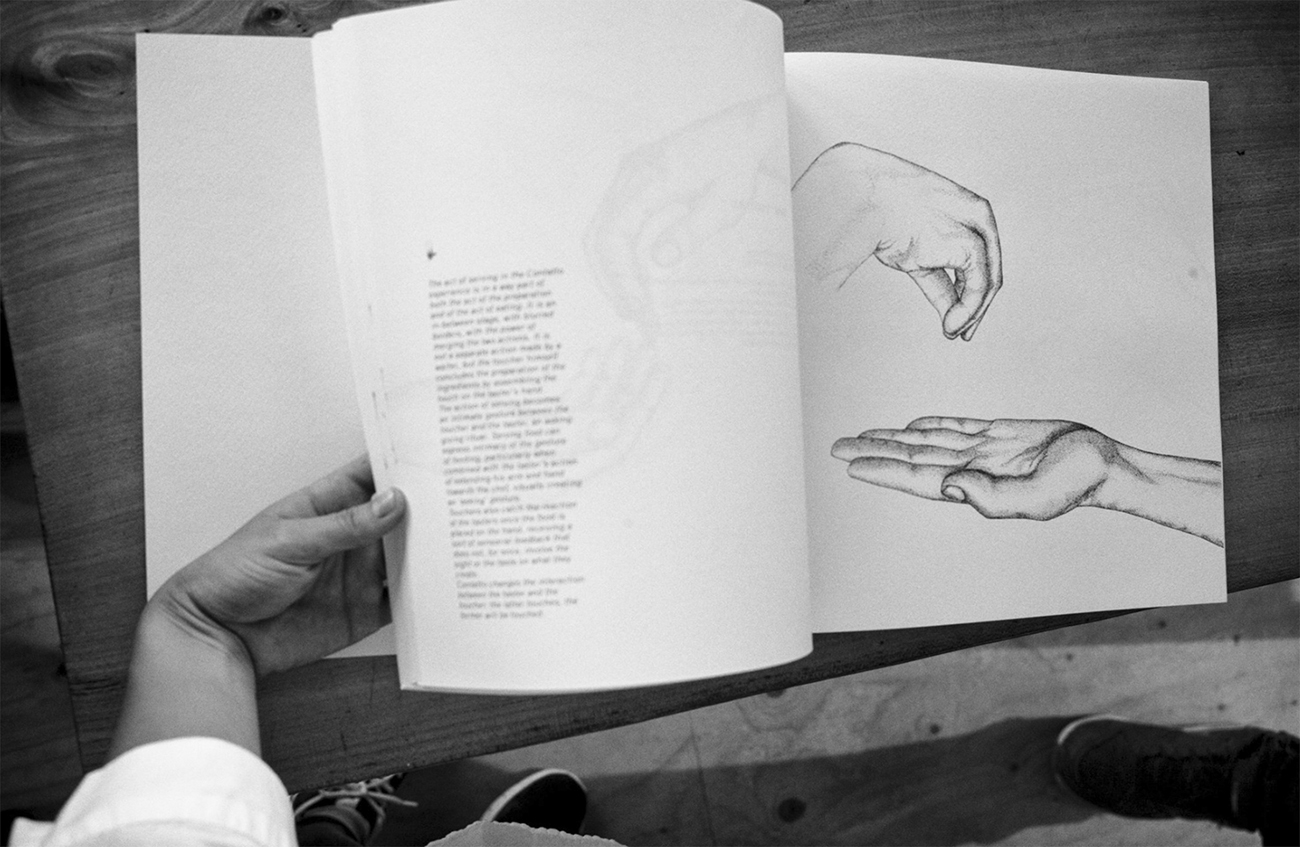
Contatto © Guido Van Nispen
All Rights are reserved
Please seek permission before using
